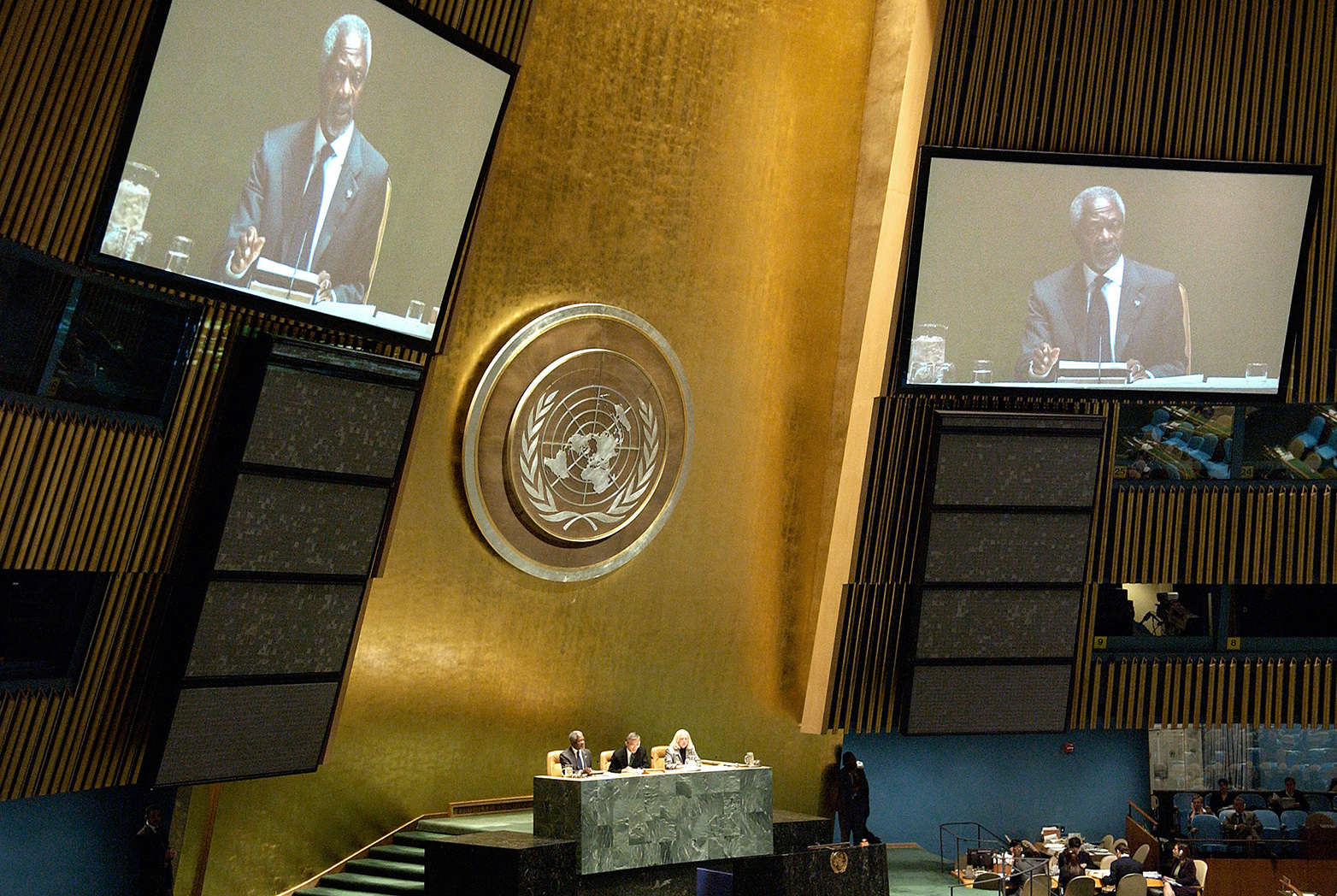The United Nations and Counterterrorism
The UN’s counterterrorism framework and its accompanying institutional architecture have grown rapidly since the attacks on 11 September 2001. While UN counterterrorism has made important contributions to certain aspects of the global fight against terrorism, it is also plagued by a number of deep flaws, argues Fabien Merz in this CSS Analysis.

The devastating attacks on 11 September 2001 instantly catapulted terrorism to the top of the international agenda and heralded an era that would see a flurry of UN initiatives aimed at countering this threat. This resulted in the rapid growth of a dedicated legal and policy framework as well as the development of an accompanying institutional architecture within the organization. Such focus was placed on this issue that some observers now consider counterterrorism (CT) and its “softer cousin” PVE (Preventing Violent Extremism) as in the process of becoming an unofficial “fourth pillar” of the UN, alongside peace and security, human rights, and development, the three founding pillars enshrined in the UN Charter.